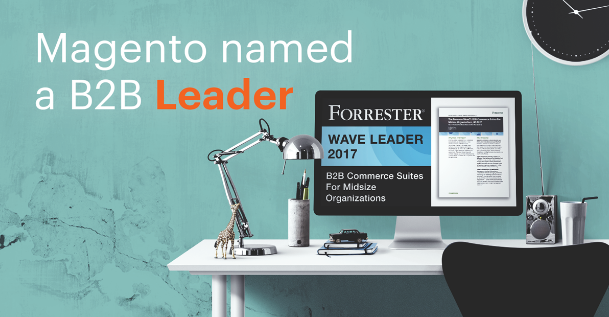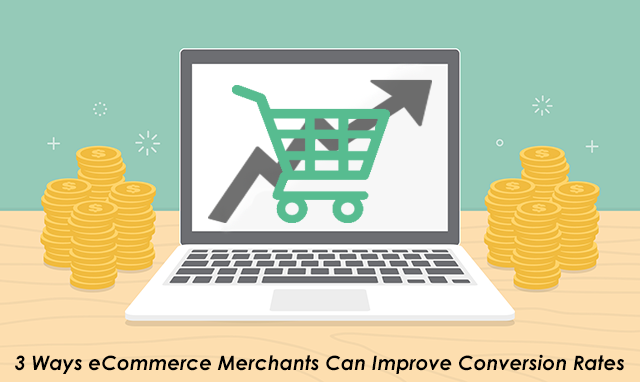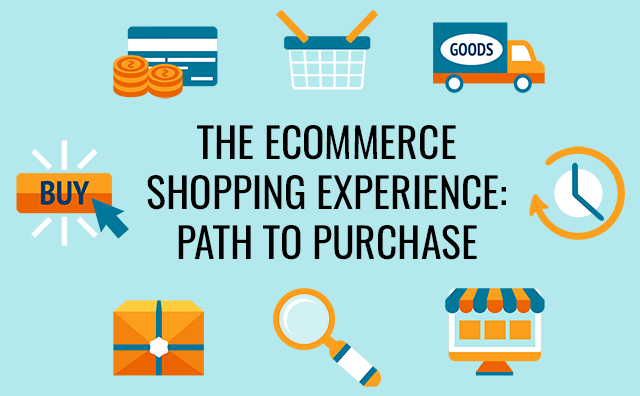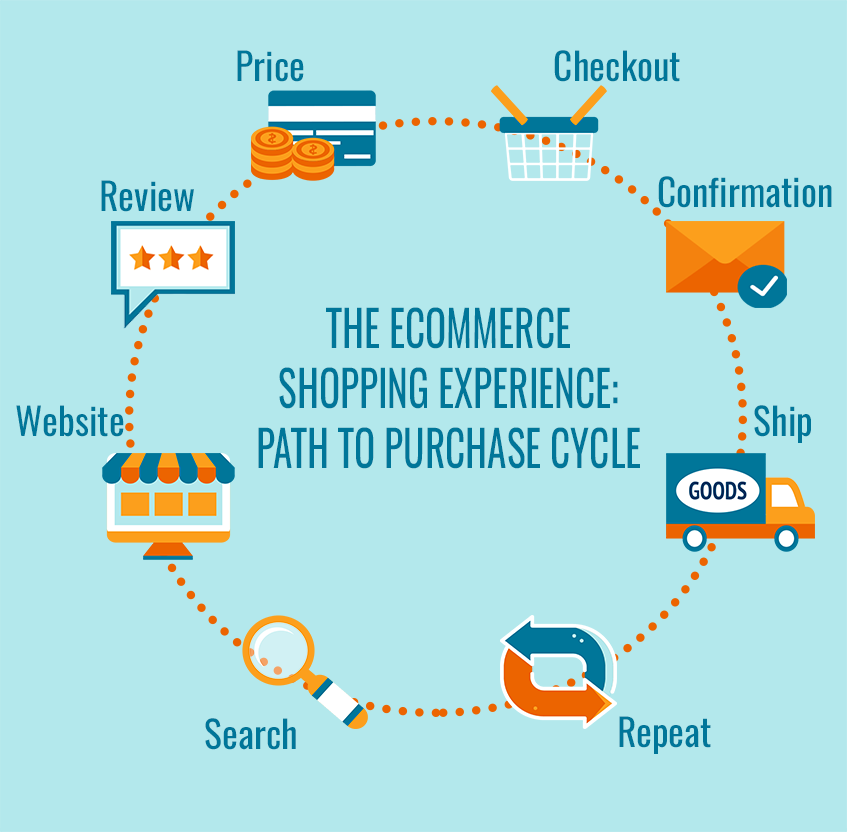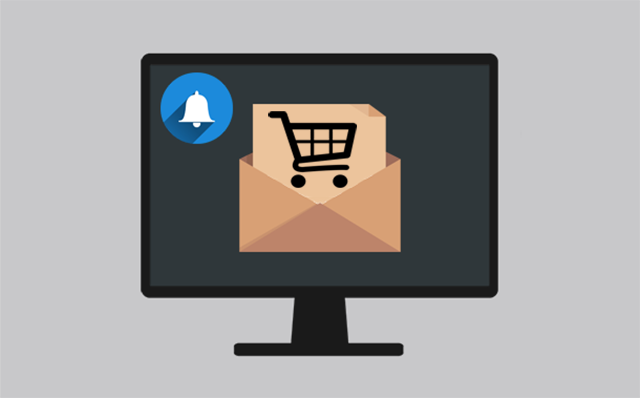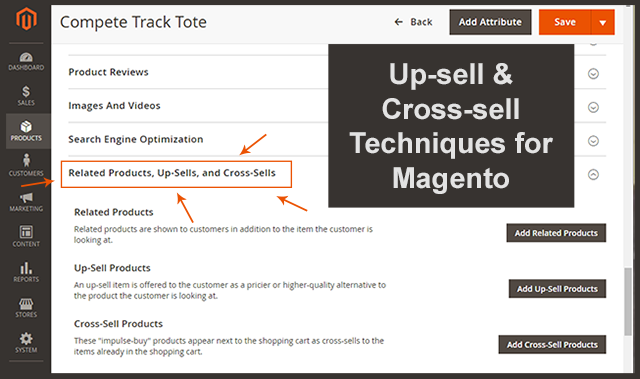Why is an eCommerce-Centric eMail platform necessary?
Contrary to social media fans, eMail remains one of the most effective platforms for digital marketing. The success of an eMail campaign, like most marketing strategies, is measured in terms of open-rates, click-through rates, engagement, and most importantly conversions. When done correctly, eMail will help to solidify and strengthen a brand. By adopting an eCommerce-centric eMail service provider (ESP), merchants take the first step in ensuring successful campaigns with documentable ROI.
Personalization, Integration, and Increased Revenue
A predictive analytics program with aggregated consumer data such as transactions, search, and onsite behavior, will create a personalized experience for customers. This enables merchants to send customers product information based on their actual data, getting them information on the products they are searching for at the appropriate time. A personalized eMail approach will turn new and returning customers into loyal brand consumers.
In addition to providing personalized eMail, leading ESPs integrate well with eCommerce platforms like Magento. eCommerce-centric ESPs enable seamless customer data integrations that enable powerful data-driven and targeted eMail marketing. Examples of important synchronized data would include all historical information regarding customers, orders, wishlists, cart contents, and browsing behavior.
Perhaps the most relevant argument for investing in an eCommerce-centric ESP is that personalized and relevant eMail campaigns lead to more revenue. It’s that simple.
The infographic, “eCommerce Goes Personnel” details how profitable personalized eMail can be for merchants while noting some impressive stats:
- 54% of retailers reported a rise in AOV
- 65% of merchants reported an increase in conversion rates
- 53% of retailers reported increase on returning shoppers
Similar results proving ROI was also reported by Internet Marketing, which found that a successful eMail campaign results in a $44.25 return on every dollar invested. That’s a 4300% ROI! Make sure eMail efforts are successful by investing in an ESP that provides notable personalization features and seamless Magento integration.
Best eCommerce-Centric eMail Service Providers for Magento
There are several reliable eCommerce-Centric eMail service providers that integrate well with Magento. InteractOne is partnered with three top ESPs that work well for every business size and marketing experience level.
MailChimp
MailChimp is a great option for smaller merchants that are growing their mailing lists and eMail efforts. MailChimp offers customized subscriber profiles, automated options, and measures metrics such as engagement rates or revenue and profit generated. MailChimp Mobile, MailChimp Editor, and Chimpadeedoo are mobile apps that make it easy to check reports or send a campaign from anywhere. They also integrate with hundreds of other apps.
According to their eMail Marketing benchmarks report, MailChimp sends billions of eMails a month and, as would be expected, tracks their data. As of February 1, 2017, here is their breakdown by a few industries of their average eMail campaign.
- Retail: 20.96% opened – 2.50% clicked – 0.35% soft bounce – 0.30% hard bounce.
- Restaurant: 21.17% open – 1.33% clicked – 0.24% soft bounce – 0.22% hard bounce.
- Sports: 25.41% open – 3.19% clicked – 0.46% soft bounce – 0.41% hard bounce.
Listrak
Listrak is recommended for mid-sized merchants that need more functionality than what smaller ESPs can provide. One of the top features of Listrak is its ability to combine digital marketing platforms. The platform offers personalized, multichannel marketing strategies, and provides social media integration. By collecting data from every touchpoint, Listrak can offer insight into your customer’s future purchases, allowing you to create targeted campaigns. Other valuable features includes their Product Recommender and Back in Stock Alerts. Their interface works seamlessly with Magento and is considered user-friendly.
Statistics from 950 of their retail clients from the months of January to March of 2016 revealed the following:
- The average open rate increased by 13%.
- Triggered messages such as browse and cart abandonment had, on average, the highest open rates which ran around 28%.
- Back in stock alerts had very high open rates of 48%!
Dotmailer
Dotdigital is recommended for larger merchants that have established extensive mailing lists, eMail campaigns, and need to implement greater personalization. Dotmailer can follow a customer’s history including their wish list, cart contents and browsing habits. The ESP can also build integrated branded data acquisition surveys, create unique coupon codes, and provides “hot prospects” reporting. Another notable feature of Dotmailer includes their abandoned cart series.
Dotmailer notably invests time into analyzing and helping merchants improve their marketing metrics across the board. According to their 2017 “Hitting the Mark” benchmark report, Dotmailer found that out of the 100 retailers studied, “many brands are failing to migrate beyond basic email marketing methods and move towards tactics that are proven to drive up ROI and customer satisfaction.” The report also found that many top brands were missing out on proven ROI boosting methods with only 40% of the brands included in the study providing abandoned cart reminders.

